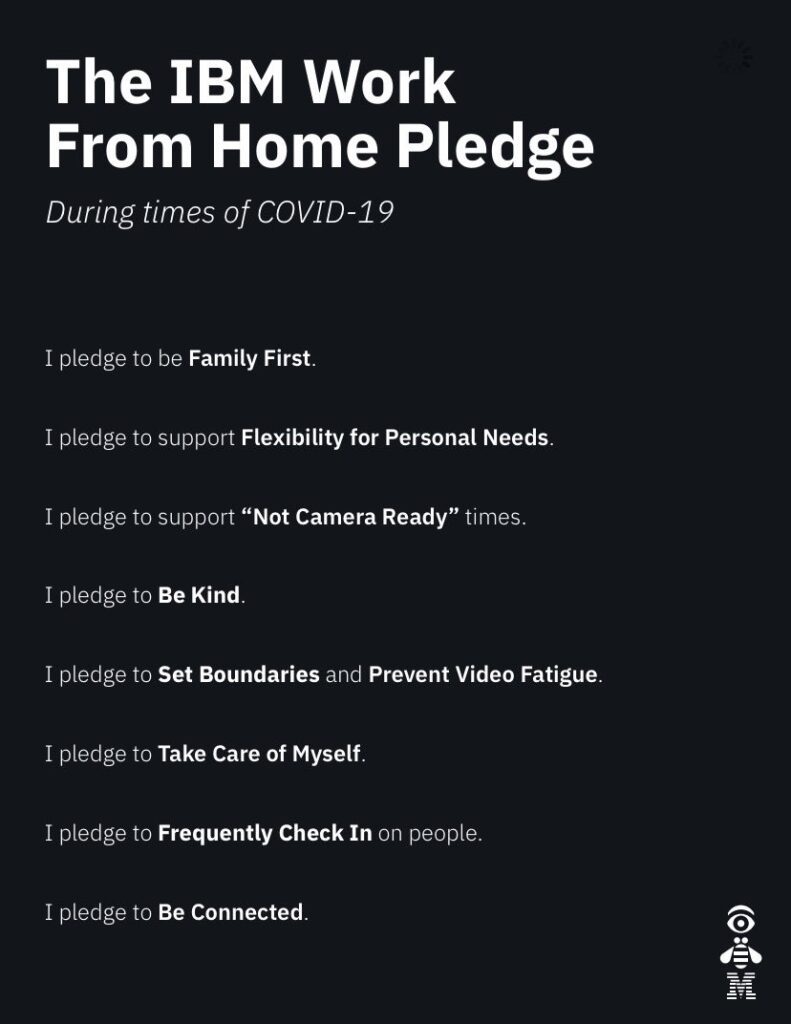
During this COVID-19 period, everyone’s life has been affected in many ways. Employers and employees alike have modified their work routines. This adjustment has not come from desire somewhat out of necessity. If that is not enough to rock our world, we see the “Great Resignation” occurring.
What’s going on? I propose that the "Great Resignation" is a pivot point where job seekers and employers are adjusting to a new world of work and life balance. Many see this as a time to reprioritize and reorganize how they approach life and work.
In my small hometown of Boone, North Carolina, real estate activity has been at a historic high. Nestled in the beautiful Blue Ridge Mountains, people flock to the mountains, looking for a better life and work from home.
Perhaps we are at a pivot point in time. I will make suggestions and draw some solutions on five specific issues.
The first issue is that we need to improve our soft skills in the new hybrid workforce. Digital transformation has already arrived at lightning speed. We use the latest and greatest communication tools such as Zoom, Teams, Skype, and others.
In addition, how we interact with each other in person and online is changing. Being sensitive and having empathy for the needs of our teams' members are not optional. There used to be a feeling that an employee's problems at home were theirs alone.
The solution is more employee education on these high-tech tools. Also, digitalization integration must consider work from home and the office. In my recent article titled, The Soft Skills Required in a Hybrid Workplace, I expand further on solutions to this problem.
The workplace is now at the corporate office and the home office in most companies. We can no longer ignore the challenges employees face at home. If the employee's challenges affect their work output, employers must make an effort to help.
One comprehensive solution is recognizing the hybrid workforce's effect on your corporate culture. In another article titled How Will a Hybrid Workforce Impact Your Corporate Culture? I outline seven areas to develop action steps around. These are:
“We came up with what was called the Work from Home Pledge,” says Nickle LaMoreaux, the CHRO at IBM, “and it was how IBMers agreed to interact with one another while we’re all working from home.” It also was a major step in the company’s efforts to help their employees attain work-life balance. The pledge consists of eight individual vows that range from how employees will treat each other (with kindness) to how they will practice self-care (by setting boundaries).

Most people now face back-to-back Zoom calls versus back-to-back face-to-face meetings. They have too many interruptions even when working from home. On meeting interruptions, check out Microsoft's interesting Tweet. In jest, but there is usually a measure of truth in humor.
I have read from multiple sources that middle managers and upper management spend 35% to 50% of their time in meetings. This past month, I spent 25% of my time in meetings. I guess that I am doing okay.
Furthermore, a 2017 study led by Harvard Business School professor Leslie Perlow reported that 71% of senior executives say that meetings are unproductive and inefficient.
Just how much time should we be spending in meetings? With unique technology, you would think we could spend less time. Do you remember Tim Ferris's book, The 4-Hour Workweek?
We should re-read Tim's book. He showed research back in 2009 that 83% of employees then favored a shortened workweek. Interestingly, on July 27, 2021, Representative Mark Takano of California introduced legislation to reduce the standard workweek from 40 to 32 hours.
This point is all about Recruiting and Retention. It seems like everything is changing on how companies recruit and retain employees. For example, when an executive search firm has a middle-level placement, historically, the client typically would have 2 to 3 levels of interviews.
The first level would be an HR professional, and the second usually is the line manager. Then, there would be one higher-level person whose purpose is to support the hiring decision. However, HR leaders are adding more interview meetings to the hiring process.
The increased number of interviews puts added stress on the search firm, the candidates, and the hiring organization. I propose that the result is not necessarily better. HR's added number of interviews could be counterproductive. Most highly qualified candidates have multiple options on the table.
The job market is heating up, so there is more competition for extraordinary talent. Getting time off for one interview is tricky. Getting off for four is almost impossible if the candidate is fully employed.
Surprisingly, data shows that there is a shortage of recruiters. LinkedIn posted that there are more recruiter jobs open now than engineers globally.
Retaining employees has also become more challenging. The nature of work is changing. Instead of evaluating employees on their education and job titles, leaders now need to focus on skills.
The employees to choose from internally may lack the skillsets for the new job requirements. One client recently needed six highly qualified consultants for a global luxury automobile project. His only viable solution was to hire away 90% of a competitor's workforce at a premium cost.
Adjusting the work hours, workplace, and work requirements are necessary for this new hybrid workforce era. Continual coaching and training in-house talent is essential to retain great employees.
Finally, our personal development coaching programs help individuals reach their full potential in life and work if they need additional assistance. Reach out to us. We would love to hear from you.
Here are links to some other interesting blog posts.
How Career Maintenance is More Effective and Less Expensive Than Career Repair
How Will a Hybrid Workforce Impact Your Culture?